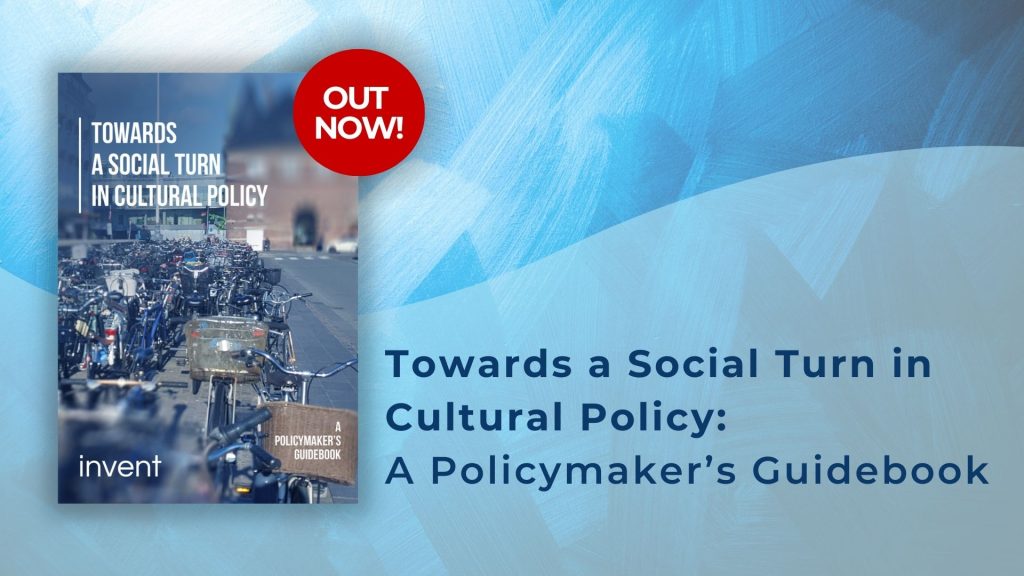Results of Exploratory Study in Serbia – Part II
Culture unites, but culture can also divide. In the exploratory study conducted with the aim of collecting different understandings of culture in June and July 2020, one of the questions was directed towards identifying symbolic boundaries in the area of culture in Serbia. According to Lamont (2001) symbolic boundaries are the lines that include and define some people, groups, and things while excluding others, and play an important role in the creation of inequality and the exercise of power. The question read: How does your culture differ from other cultures?, and it was intentionally formulated vaguely so as to emphasize the ways in which respondents understood those differences.
By analyzing the descriptions provided by 215 respondents of this study in Serbia as answers to the above question, we have identified five basic symbolic boundaries:
- ones in which the respondents assign great importance to culture, and separate themselves from those for whom culture does not mean much in life;
- ones which separate people whose behavior is decent and civilized from those who are primitive, rude and “uncultured”;
- ones where the basic difference is between individuals whose culture is characterized by openness (cosmopolitanism, respect for differences, tolerance) and those whose culture is closed within local and narrow borders (the local, nationalism, prejudices, etc.);
- ones that exist between elite and mass culture;
- ones that exist between those who do not believe that their culture differs from the culture of their environment and those who see their own culture as a form of individualization. The first polar opposite which we have provisionally defined as “conformist” occurs in two versions. In the first one, participants claimed that their culture does not differ from the cultures of others and is equated with the average, with everyday culture. The second version is somewhat more complex, and in its essence lies an equation with the cultural practices of a narrower circle of friends in relation to which no differences exist. However, there is an implicit, silent distinction from the broader population.
Comments are closed.



 This project has received funding from the European Union’s Horizon 2020 research and innovation programme under grant agreement No
This project has received funding from the European Union’s Horizon 2020 research and innovation programme under grant agreement No